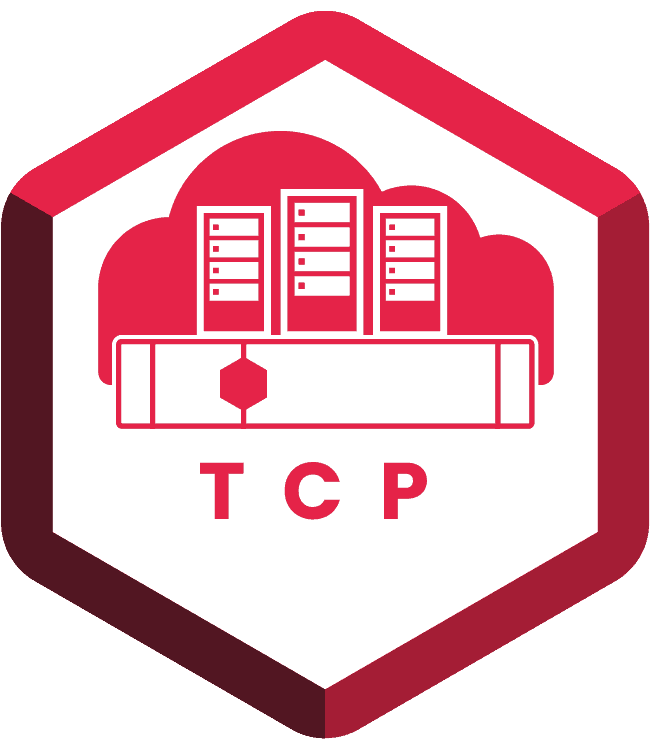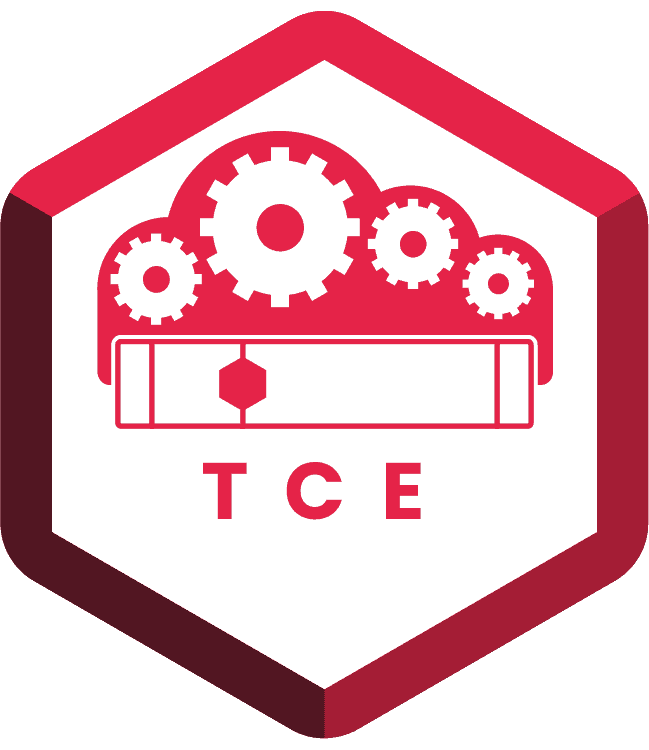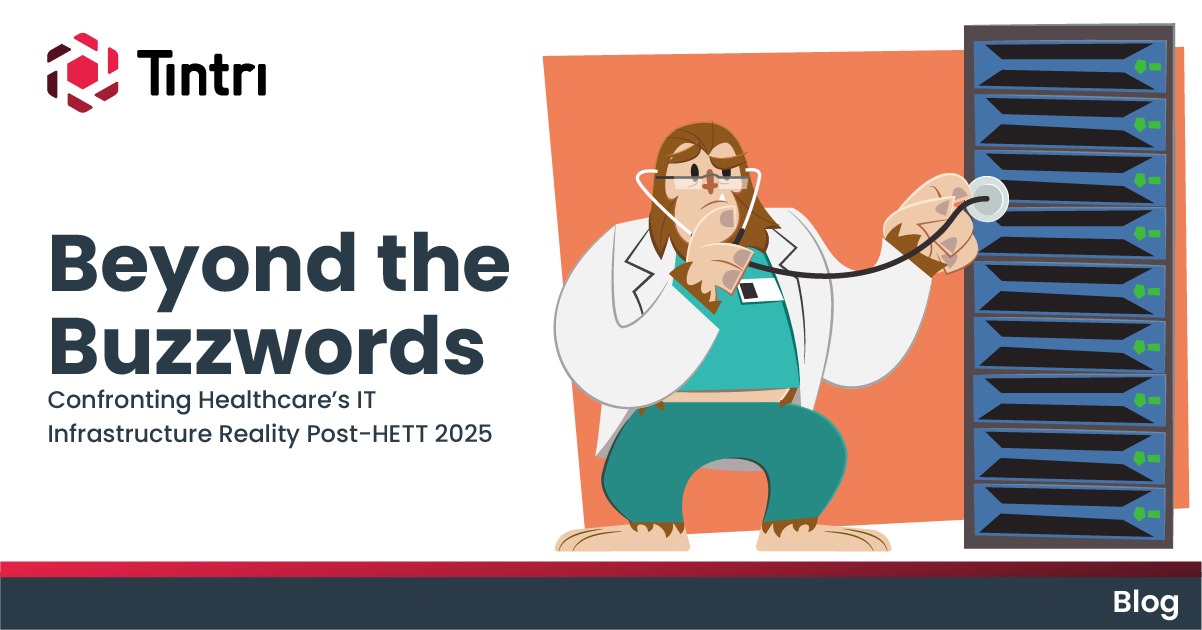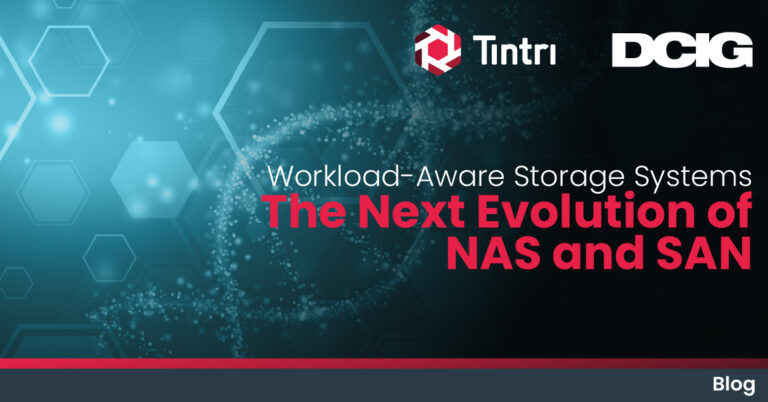The HETT Show 2025 has now wrapped up, heavily influenced by the recently announced NHS 10-Year Plan. The plan, and particularly its focus on IT modernisation, data integration, and strategic rollout of emerging digital technologies, identifies the industry’s ambitious direction.
In speaking with professionals across the UK healthcare sector, from clinicians to digital leaders, we noted a shared viewpoint: Generative AI and Agentic AI are seen as having the potential to transform diagnostics, patient engagement, and digital operations.
Appealing as this vision is, our discussions also uncovered a major challenge. We observed a large gap between innovation and the ability to execute.
The Infrastructure Lag: A Critical Disconnect
The conversations revealed a clear disconnect between the pace of front-end application development and the speed of infrastructure development.
Application developers and clinical innovators are moving quickly. They require significant computing power, immediate data access, and scalable resources for their new tools. However, their underlying IT infrastructure is lagging behind. This gap leads to real issues due to outdated data architectures and limited resources.
- Restricted Generative AI Use: We spoke to frontline NHS staff who had to limit the use of Generative AI tools like CoPilot due to the overwhelming strain on computing resources.
- Data Bottlenecks and Synchronisation Speeds: Applications and AI models are data-intensive and clinicians rely on the most up-to-date information such as electronic patient records (EPR) to perform efficiently. Slow synchronization between systems and sites hampers the real-time insights necessary for diagnosis and research.
- Data Silos and Fragmentation: Similar to business organisations that have grown over time, NHS Trusts, to varying degrees, face the problem of data silos – which means important information is stuck in different systems. Without effective Master Data Management (MDM), organizations struggle to create the clean, unified datasets that modern AI relies on.
- Next-Gen Adoption Challenges: Conversations about early evaluations of ambient voice technology (AVT) —a game-changing tool for clinical documentation—highlighted that while these solutions are promising, they will put additional pressure on infrastructure for both compute and secure storage.
The reality is that unoptimised infrastructure, hamstrung by fragmentation, sluggish data movement, and insufficient compute capacity, is becoming the silent inhibitor of progress, stalling the very innovations meant to move healthcare forward.
Closing the Gap: A Call for Proactive IT Leadership in the NHS
For IT departments in NHS organisations, bridging this gap is essential for both efficiency and patient safety. The solution lies in adopting intelligent, self-optimising systems:
- IT Infrastructure should be seen as a facilitator of AI, not as a fixed expense. Systems must be able to perform repetitive tasks automatically and dynamically allocate resources, removing human inefficiencies and the risk of usage caps.
- Put Observability First to End the “Finger-Pointing”: It is performance issues that create most of the app vs. infrastructure team conflicts. By having a system that clearly identifies causative issues, IT departments will be able to proactively remedy issues instead of conflict management.
This is where intelligent infrastructure makes a difference. For any vendor providing essential core services (e.g. compute, networking, or storage), their name often only pops up when things go wrong, triggering an immediate, intense troubleshooting effort. However, intelligent infrastructure is designed to change this reactive narrative.
Building a Smarter IT Foundation with Tintri VMstore
To make AI work effectively and transition from aspiration to successful, scalable deployment, the foundation must be as adaptable and responsive as the technology it supports.
Tintri VMstore is designed to help transform legacy IT infrastructure, addressing the challenges raised at HETT 2025:
- Automated Performance for AI Workloads: VMstore’s key feature is VM-awareness, which removes the need for manual tuning for individual virtual machines and indeed any workload, be it VMs, containers or otherwise. This is vital for new Gen AI tools and ambient voice applications, which require highly variable, isolated performance. The system automatically maintains quality of service (QoS) for every workload, ensuring priority applications such as diagnostic imaging or EPRs, are not affected by other tasks.
- Pinpoint Problem Resolution and Forecasting: The AI-driven analytics mentioned provide the clarity to troubleshoot quickly. Analytics quickly display latency issues from the network, host, and storage for each application. Crucially, the system uses predictive analytics to forecast future capacity and performance needs. This ability to pinpoint faults and predict growth avoids finger-pointing and allows IT teams to solve infrastructure bottlenecks proactively and in minutes, not days.
- Resource Optimisation for Data-Intensive Workloads: With its unique data management architecture, VMstore maximizes efficiency for data-intensive virtual environments. This approach significantly reduces data footprint and frees up valuable compute capacity, directly addressing the resource strain lamented by NHS organizations.
When infrastructure operates intelligently, innovation can advance swiftly. Ultimately, this means better outcomes for patients.
We cannot let the pursuit of improved diagnostics, better patient engagement, or essential clinician support be slowed by slow data synchronization or a lack of computing resources. The future of intelligent healthcare relies on building smarter, more resilient foundations that support proactive, collaborative IT.
To find out how intelligent infrastructure can prepare healthcare for the future, we encourage you to visit our website and explore the features of Tintri VMstore.





